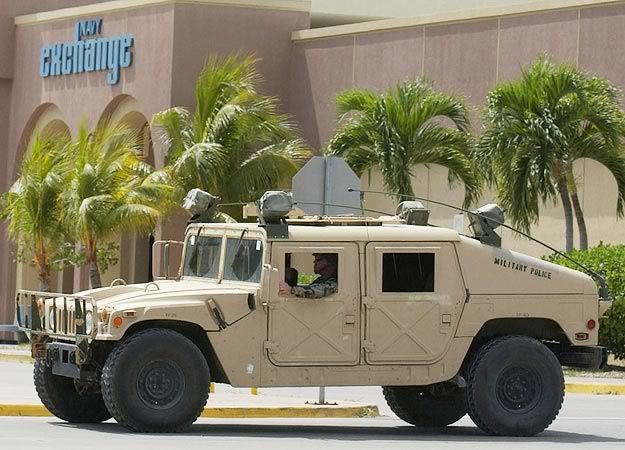What are people's experiences building with the Performance Rocketry Graphite-infused Profusion G12? My main concern is if it's going to attenuate my tracker (Telemetrum) signal (both the GPS lock and the transmission) too much after being inside of a profusion coupler and profusion airframe. I'd like to try out the profusion G12, but might switch back down to regular G12 or G10 if the signal issue is too much. I can't put the telemetrum in the (probably graphite anyway) nose cone for a number of reasons.
The application is a 75mm shot to 37-40,000 ft and Mach 1.8.
The application is a 75mm shot to 37-40,000 ft and Mach 1.8.





